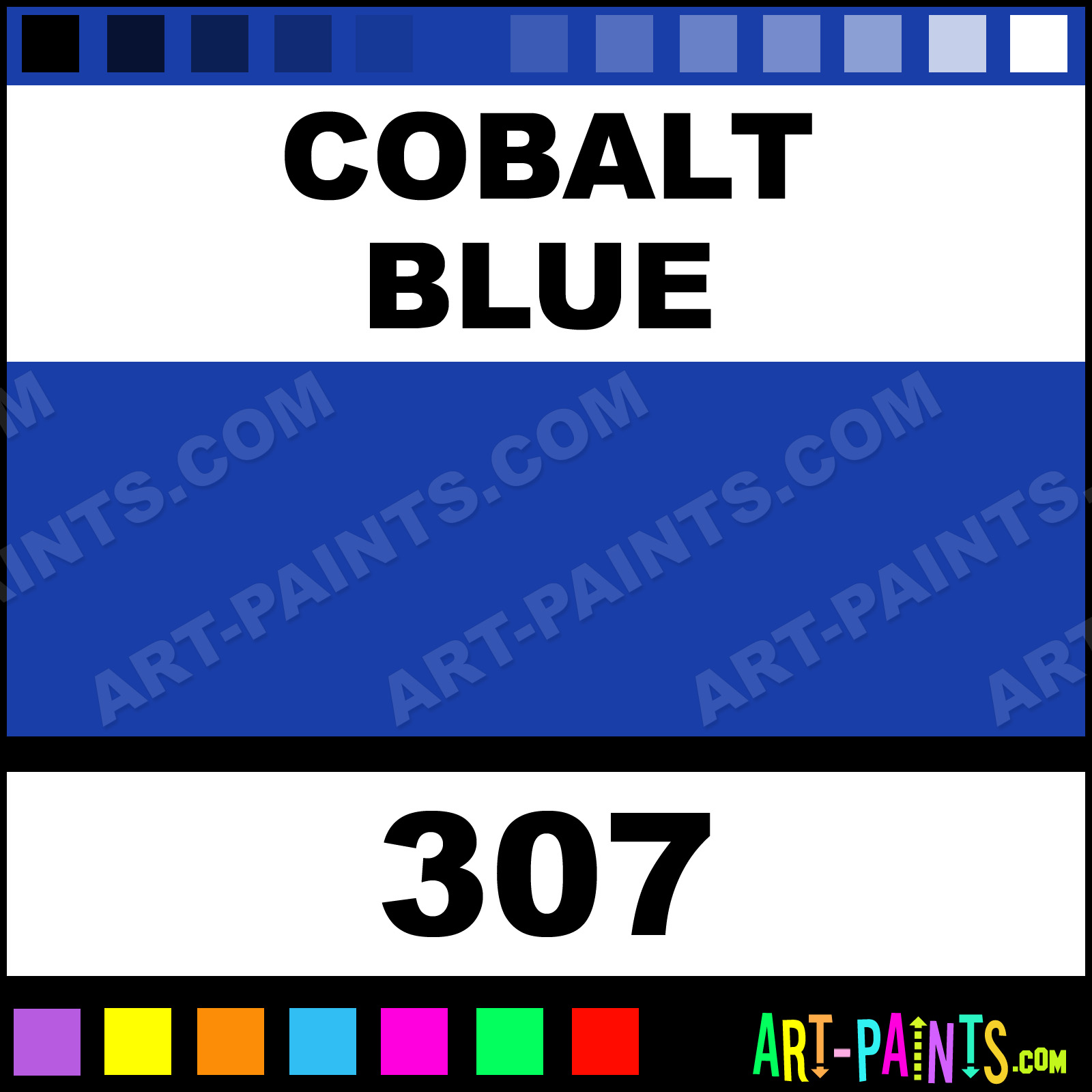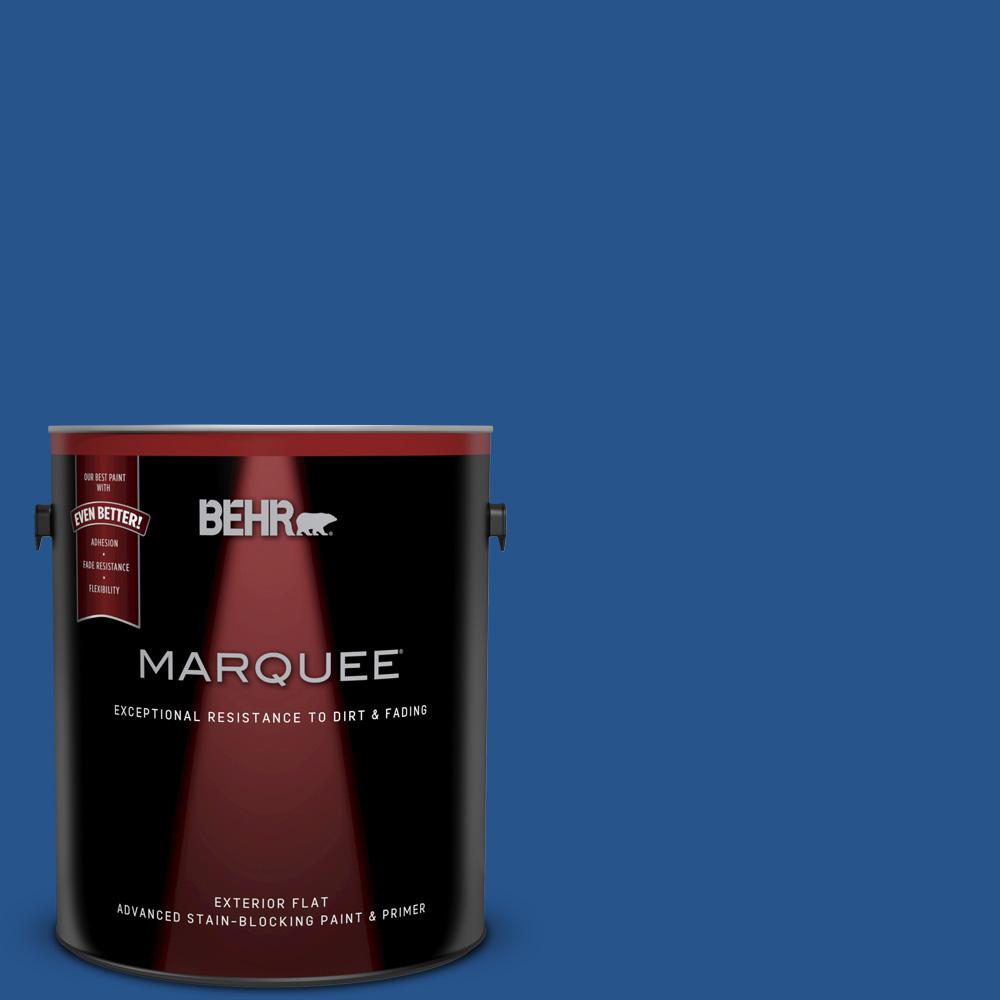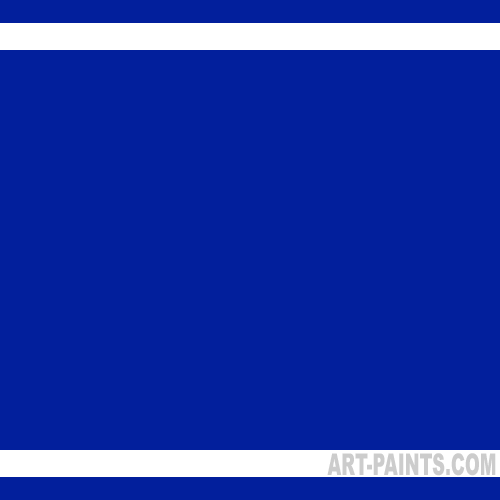
(The mountain on the far right looks like its marching in to take over!) Now that I know better, I can see how wrong limelight-loving ultramarine was for these soft, unpretentious mountains. We had been traveling to the Blue Ridge mountains to look for land, and I tried to capture these high country hills using my beloved ultramarine.īack when I painted this scene, I knew something wasn't right. The lead photo of this older post is a perfect example of a fatal blue error. Instead of focusing on "cool" or "warm" descriptions which are often based on opinion, see if you can tell which blues enjoy the limelight versus which blues seem content singing background vocals.

When these blue watercolors are side by side, it's easy to see how greatly they vary and (depending on your computer monitor) which shades may recede or advance in a painting. It was time to give Phthalo blue a try in mixes and compare it to some other blues. I think these two things are the keys to achieving such great results when lifting, especially when using staining colors.Īlrighty, so I was wrong. I did NOT let either pigment dry before lifting (work quickly!) and I used a high quality watercolor paper. In the bottom photo, I applied Phthalo blue GS to dry paper, yet it also lifted out easily with a damp rag. In the top photo, I applied Phthalo blue RS to wet paper and lifted out the cloud pattern with a damp rag. And just check out how beautifully Phthalo lifted out to make clouds! However, my reasoning is extremely faulty because my palette is peppered with staining colors including Phthalo blue's BFF, Phthalo green.

Also, I assumed a staining blue would be difficult to lift when creating clouds, etc. Until now, I have avoided Phathlo blue because it is a strong pigment that is highly staining, and that attribute can be a bit difficult in the hands of a sloppy painter in the field. * If you're a bit confused by what these letters and numbers mean, this post explains things. So let's compare Phthalo blue red shade to Phthalo blue green shade, see how they perform, and look at some common mixes. I wanted to try Phthalo RS because it is is often touted as a good, non-granulating option for Ultramarine, but I also wanted to give Phthalo GS a go.īruce at Handprint gives good info on the various properties of the major brands of Phthalo blue watercolors, but I already had Daniel Smith RS (PB 15) and Sennelier (which doesn't specify but it's PB15:3) on hand. The pigment numbers* can also help you distinguish between the two. PB15:1 and PB15:6 are middle blue or reddish shades PB15:3 is the greenish shade.

Often you'll find them labeled Phthalo Blue Red Shade (RS) or Phthalo Blue Green Shade (GS). Great question! Phthalo blue (aka Thalo blue) is an abbreviated name for paints made with the pigment Phthalocyanine Blue, or PB15. This blue is a longstanding favorite of many watercolor painters and seems to be an extremely popular choice for a watercolor palette.Įach watercolor manufacturer often produces multiple Phthalo blue colors, and these are commonly divided by whether they have a green or a red undertone. After I wrote the post comparing Ultramarine to Cobalt, I've had several people ask, "What about Phthalo blue?"


 0 kommentar(er)
0 kommentar(er)
